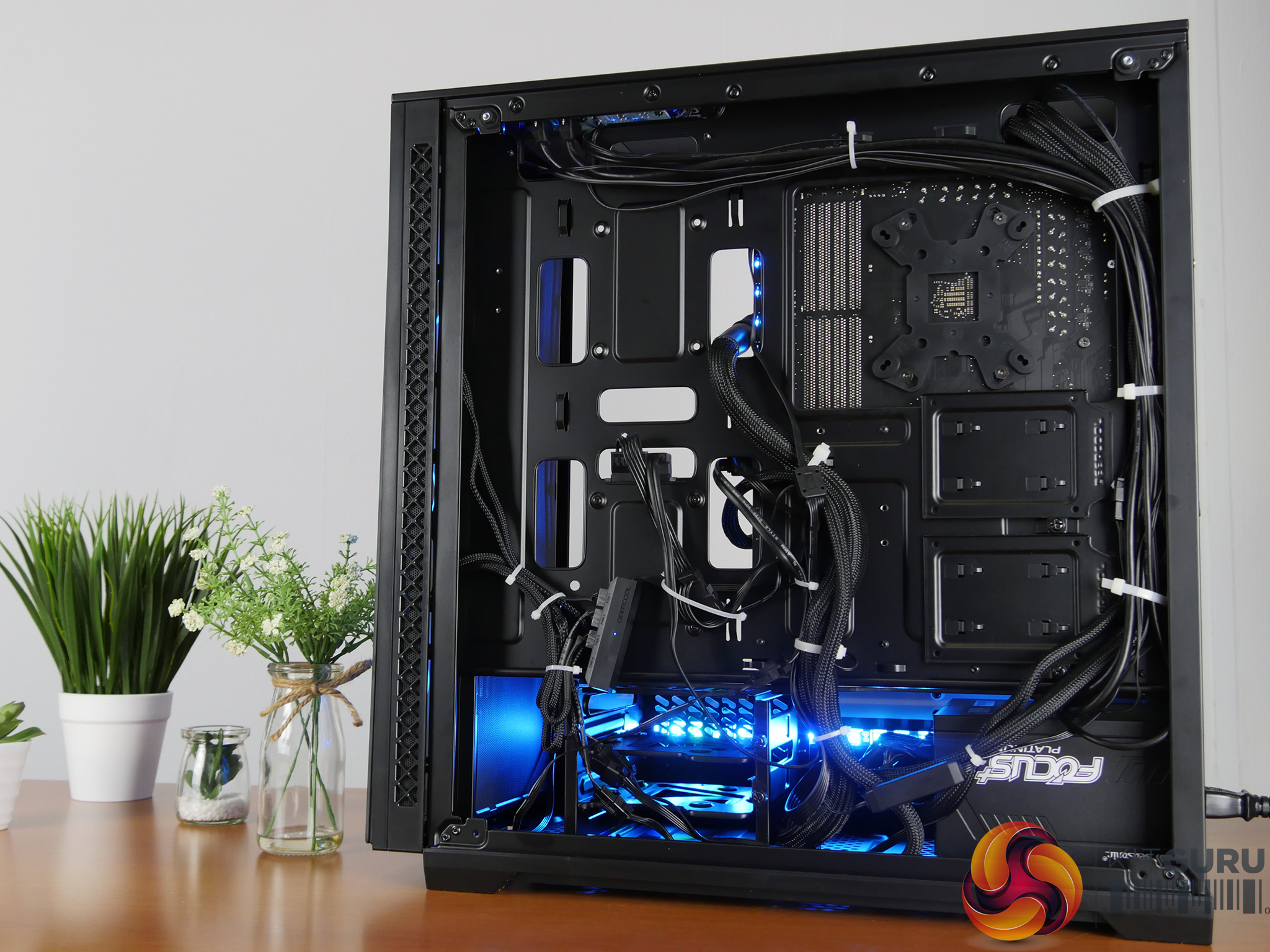
To use the front Type-C port on your mobo you'd need one of these: This Lian Li PW-INC1TR USB 3.0 to USB 3.1 Converter plugged into one of your USB 3.2 Gen 1 headers.
#Usb 3.0 motherboard extension series
USB 3.1 Gen 2 Type-C headers are actually still very rare on motherboards, so it's kind of annoying that the Hx10i series cases all have one.5 Ports USB Front Panel (LxWxH: 148x78x42mm) 1x USB 3.1 USB-C Type-C Female (Gen2 10Gbps): expands from the internal Motherboard Header USB 3.1 Type-E (IMPORTANT: please ensure the motherboard has Type-E connector before buy!).The USB 3.1 port interface is using the USB 3.0 pin set and more. USB 3.1 require a different front panel header than USB 3.0.Intel doesn't want to implement 10+ USB 3.0 ports in the chipset because of the costs, and since laptops are now more than 50% of units sold, so. There are so many USB 2.0 boards because USB 2.0 is still implemented in the chipsets.

Unlike the USB 1.1 to USB 2.0 transition, the USB 3.0 headers require way more pins than what it is replacing.The loading of external devices to the USB 3.1 type-C-Port is equipped with three amperes, compared to the USB 3.1 type-A port, twice as fast. The panel is connected internally via a SATA-Express port and a USB 2.0 header to the motherboard and powered by a SATA power connector from the power supply with energy. USB 3.1 ports are maximum achievable speeds of 10 Gbit / s twice as fast as conventional USB 3.0 ports.There are no official release of the specs for the USB 3.1 header yet (as of this writing), It is design to be backwards compatible (will explain later). USB 3.1 require a different front panel header than USB 3.0.The USB 3.1 port interface is using the USB 3.0 pin set and more.

#Usb 3.0 motherboard extension Pc
Dual 10Gbit/s backwards-compatible USB 3.1 Gen 2 Type-A ports for your PC’s front panel Flexible installation, switching between the front 5.25-inch front panel and rear PC expansion card Find out more about the Asus USB 3.1 Type-A Front Panel on ASUS.


 0 kommentar(er)
0 kommentar(er)
